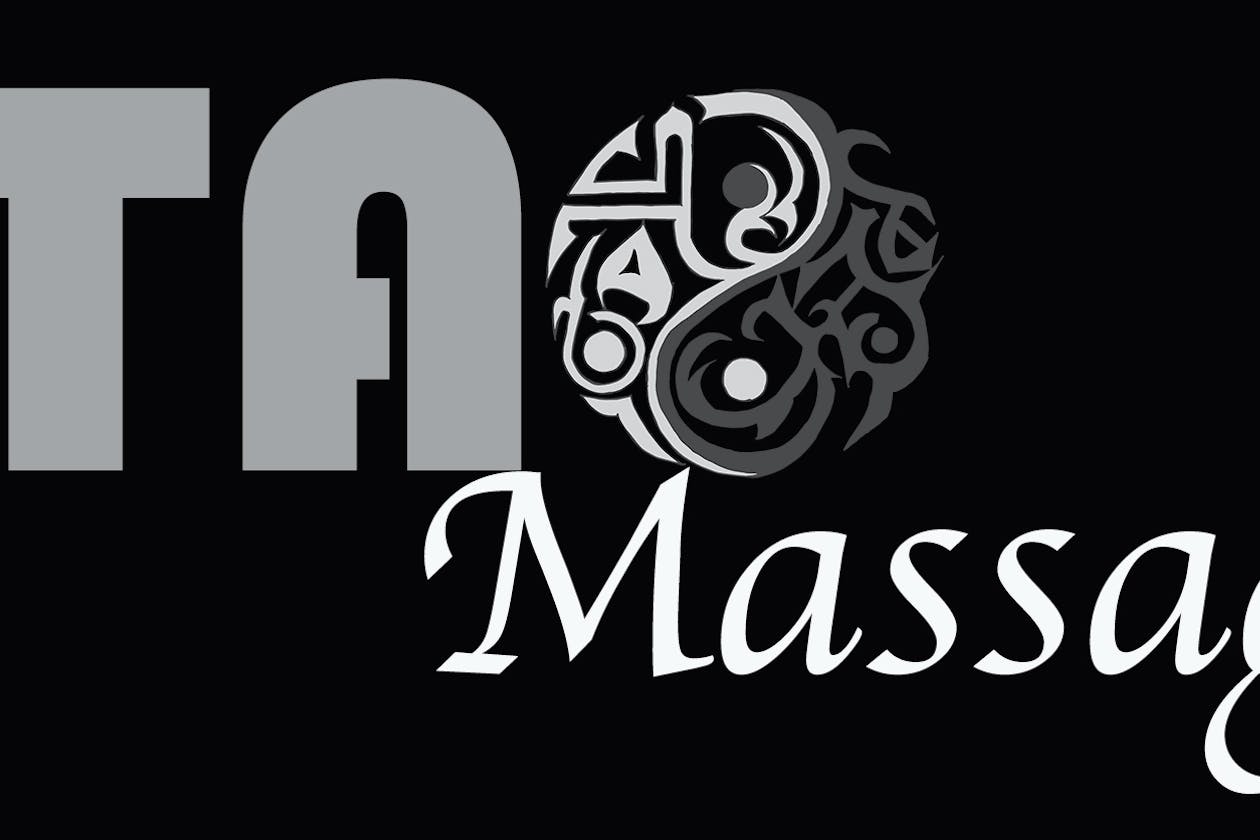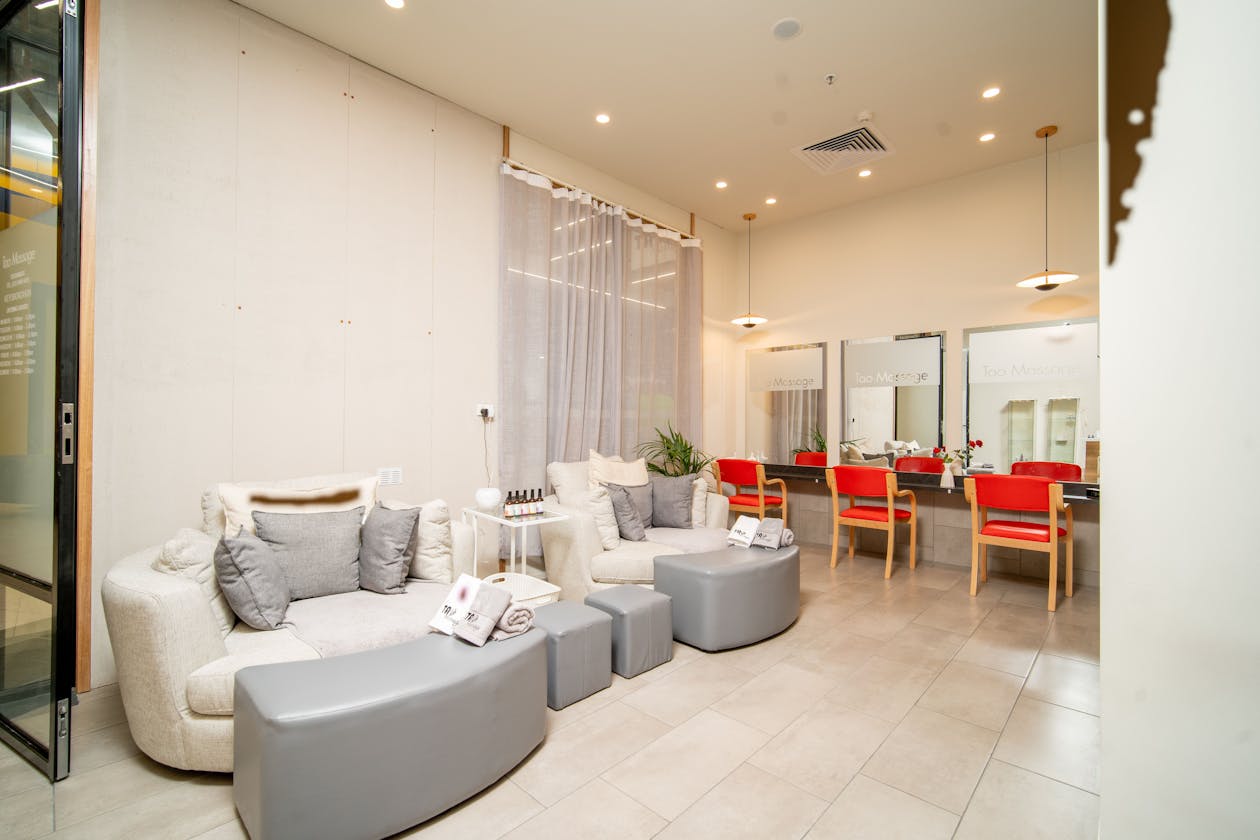
Acupressure Book your acupressure appointment online and save
Top 20 Acupressure TreatmentsFor more salons, check out Fresha’s list of Massage Studios.
 Shop 15 / 468 Cheltenham Road, Keysborough 3173(13)Need to unwind? Look no further than Tao Massage on Cheltenham Road in Keysborough: your go-to destination for a revitalising and rejuvenating massage.
Shop 15 / 468 Cheltenham Road, Keysborough 3173(13)Need to unwind? Look no further than Tao Massage on Cheltenham Road in Keysborough: your go-to destination for a revitalising and rejuvenating massage.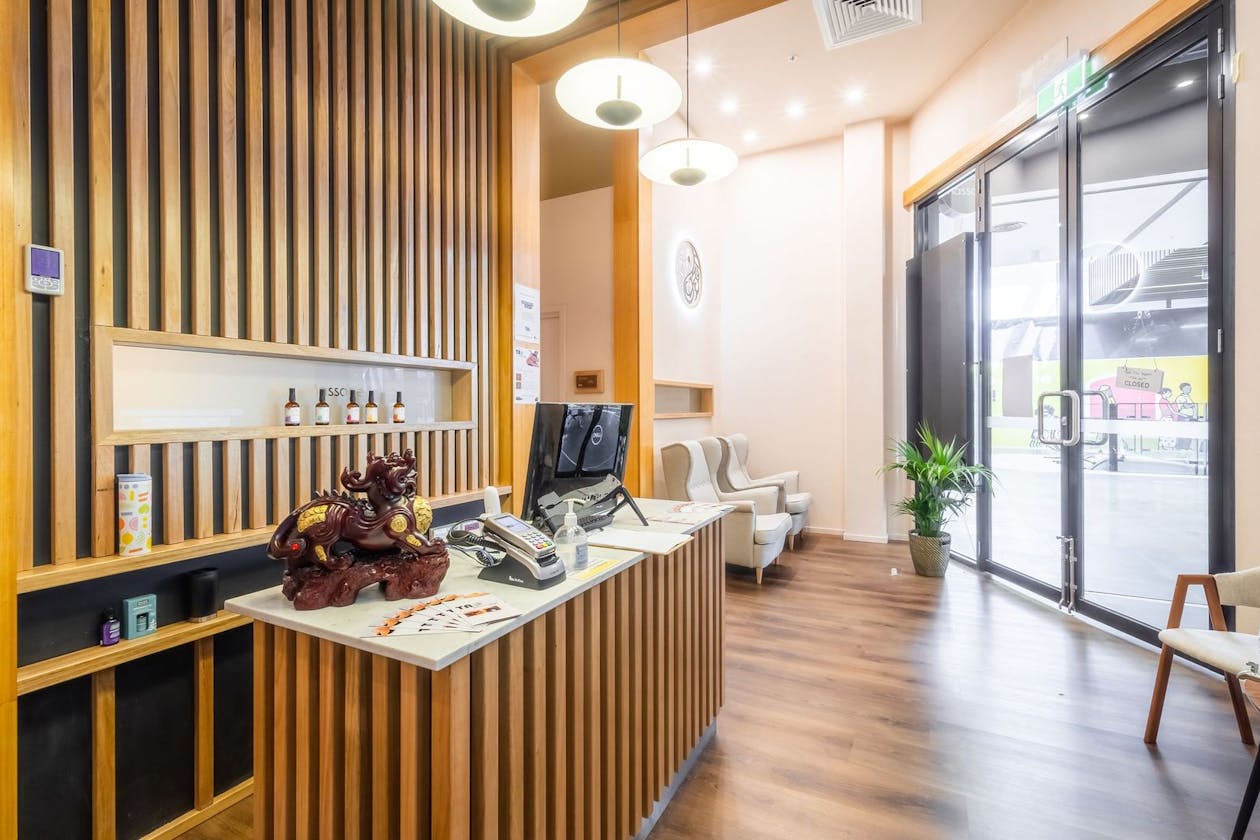
Tao Massage
T02 / 1 Champ Street, Coburg 3058(49)For authentic traditional Chinese relaxation oil massage treatments in Pentridge, look no further than the professional massage therapists at Tao Massage.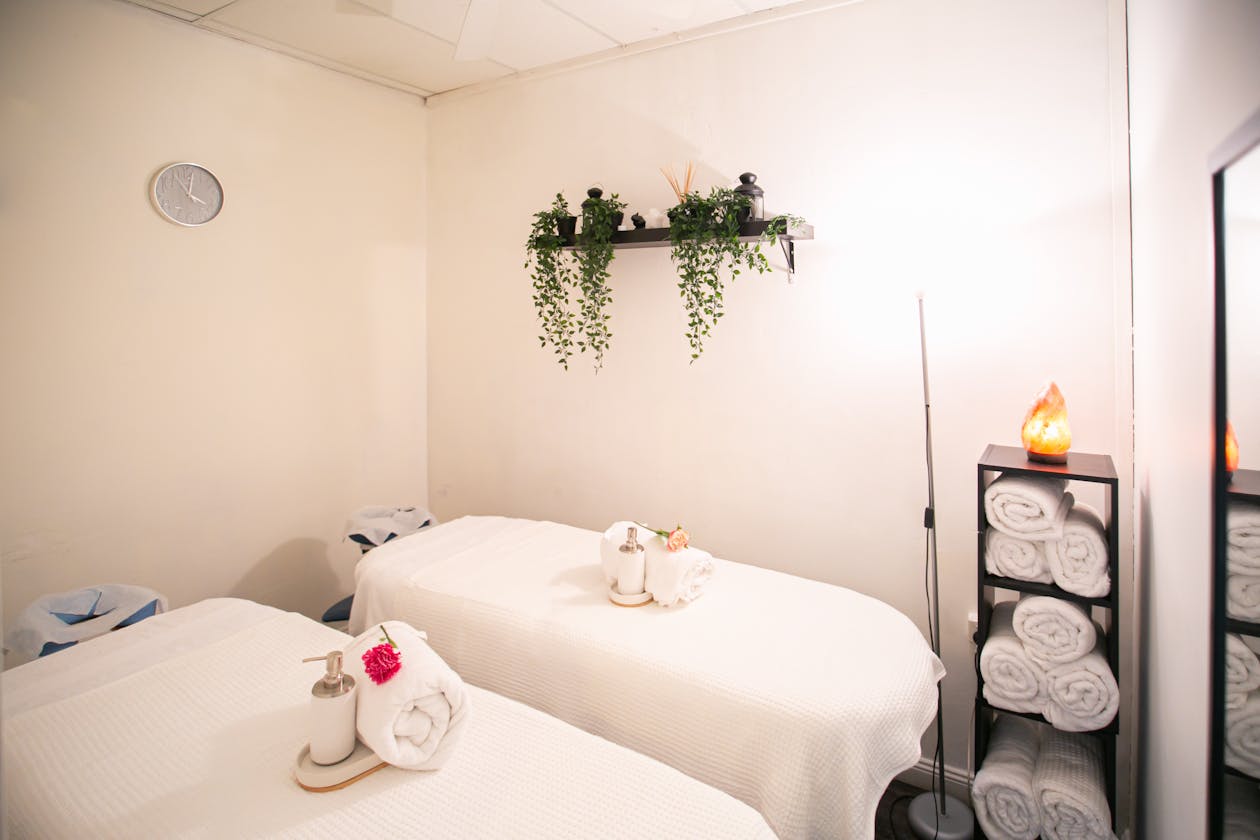
Serenity By Sassy
421 Church Street, Richmond 3121(26)Serenity by Sassy on Church Street in Richmond is your ideal destination for a revitalising massage treatment from experienced professionals.
Sansiri
83 Bay Street, Port Melbourne 3207(272)Sansiri is a high quality Thai massage and day spa facility in the heart of Port Melbourne offering premium massage and facial treatments by highly qualified therapists.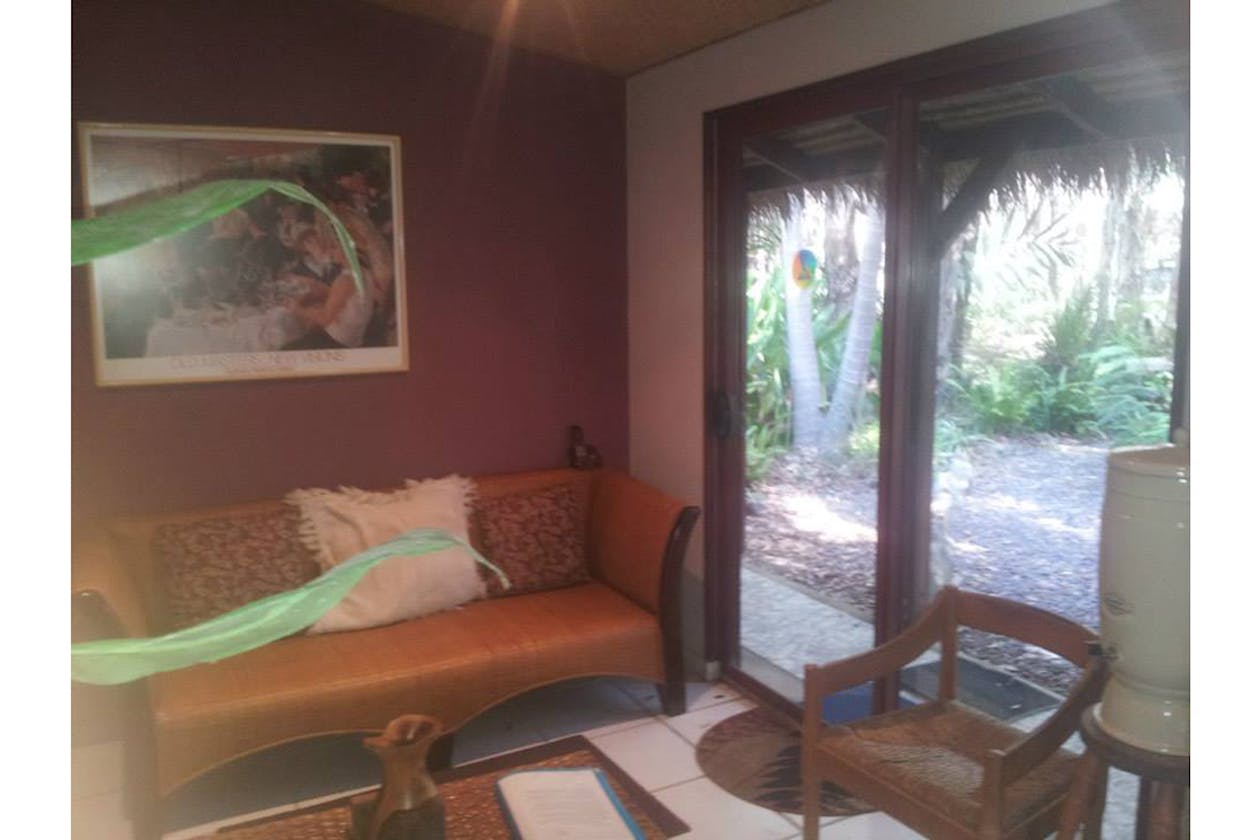
Bill Horton's Healing Massage and Homeopathy
37 Coral Fern Drive, Cooroibah 4565(7)Bill Horton's Healing Massage and Homeopathy is a truly gifted healer. Bill's services include Sports, Remedial, Hot Stone Massage, Reflexology, and Shiatsu.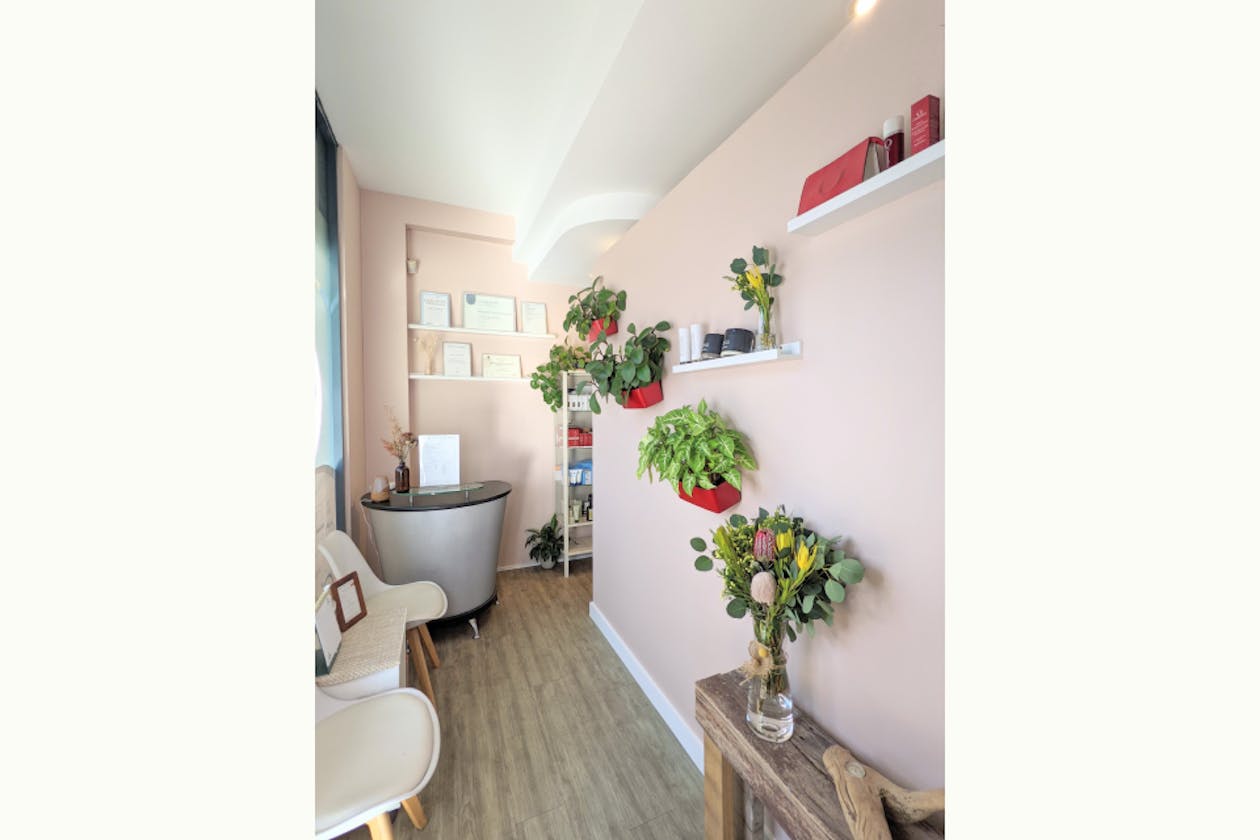
JH Beauty Lounge
Shop 6 / 99-111 Military Road, Neutral Bay 2089(51)The Japanese-trained beauty therapists at JH Beauty Lounge are experts in beauty. They're skilled in IPL hair removal and photorejuvenation techniques.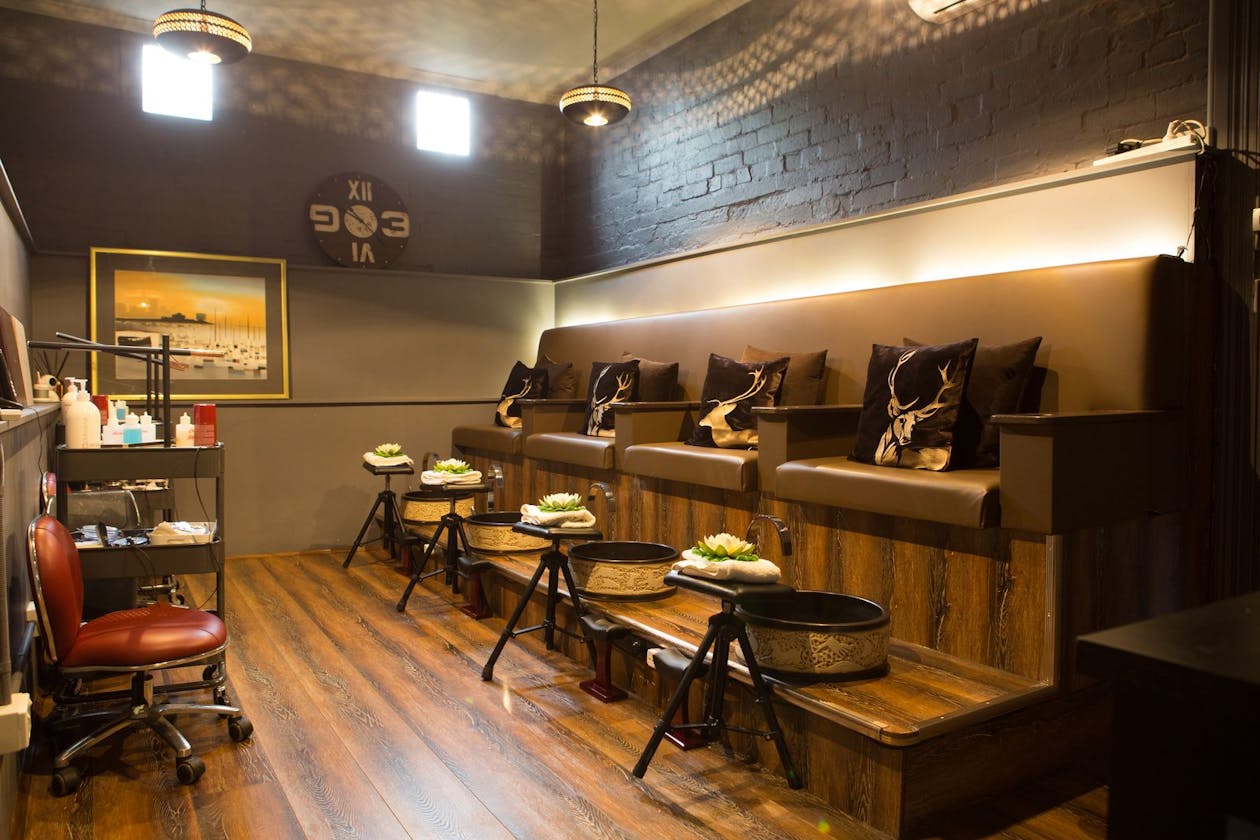
Orchard Road Nail & Beauty
231 Lygon Street, Carlton 3053(90)Discover the beautiful modern salon at Orchard Road Nail & Beauty. The expert staff are committed to providing premium service in a calming, tranquil space.Tao Massage
T16/270 Donnybrook Road, Mickleham 3064(1)Take a break from the hustle and bustle, with a rejuvenating massage or wellness package from the experts at this Donnybrook Road studio in Mickleham.
Tao Massage
225 / 23-55 McCrae Street (2nd Level), Dandenong 3175(1)Tao Massage on McCrae Street in Dandenong is the ideal space to kick back, relax, and indulge in a traditional Chinese massage. Book online now.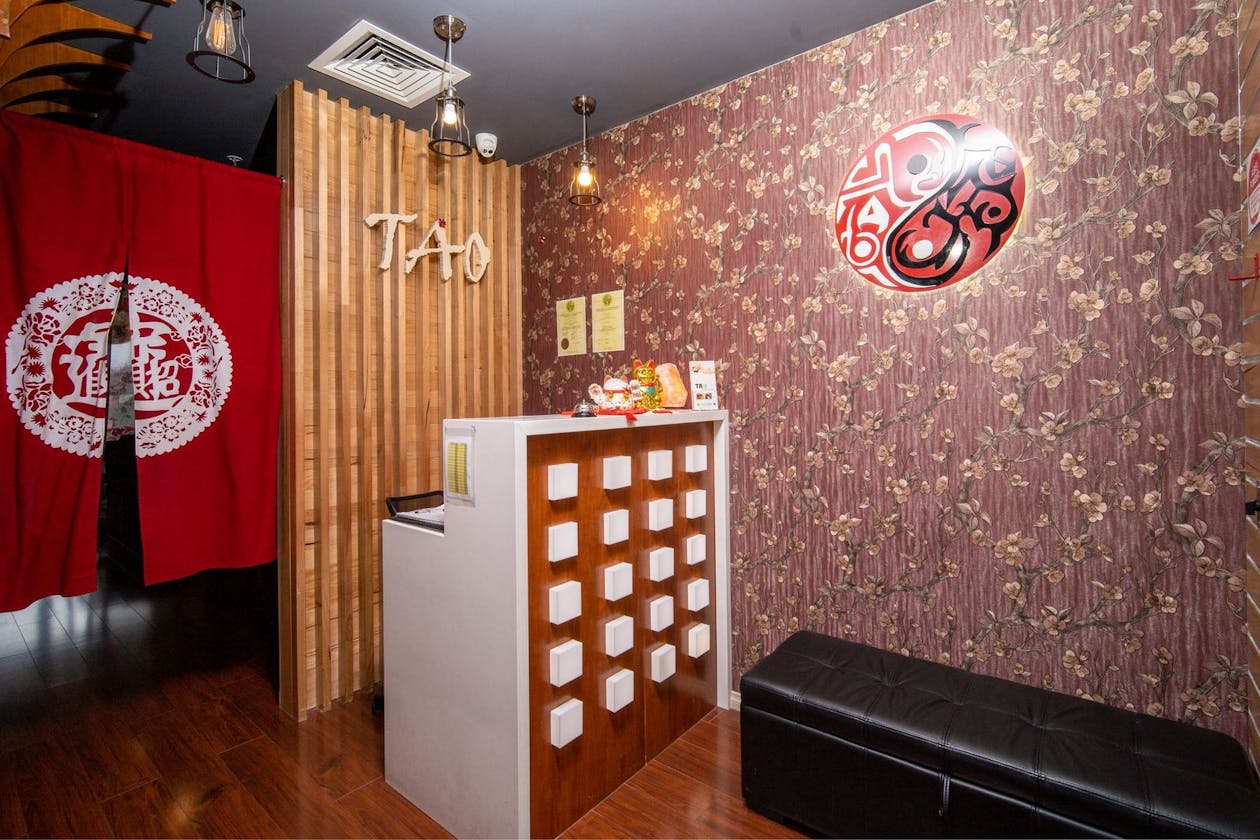
Tao Massage
Shop111 / 241 Main Street, Mornington 3931(3)Treat yourself to a phenomenal traditional Chinese massage treatment today, from the professionals at Tao Massage on Mornington’s Main Street. Book online.
Tao Massage - Knox
Shop 1032 / 425 Burwood Highway, Wantirna South 3152(2)Whether your muscles are sore or you’ve simply had a stressful week, book an appointment at Tao Massage on Burwood Highway in Wantirna South today.
Anasa Healing
219 Magill Road, Maylands 5069(32)Anasa Healing is a beautiful haven of calmness and healing. It combines acupressure, Swedish massage, remedial massage, reflexology and relaxation techniques.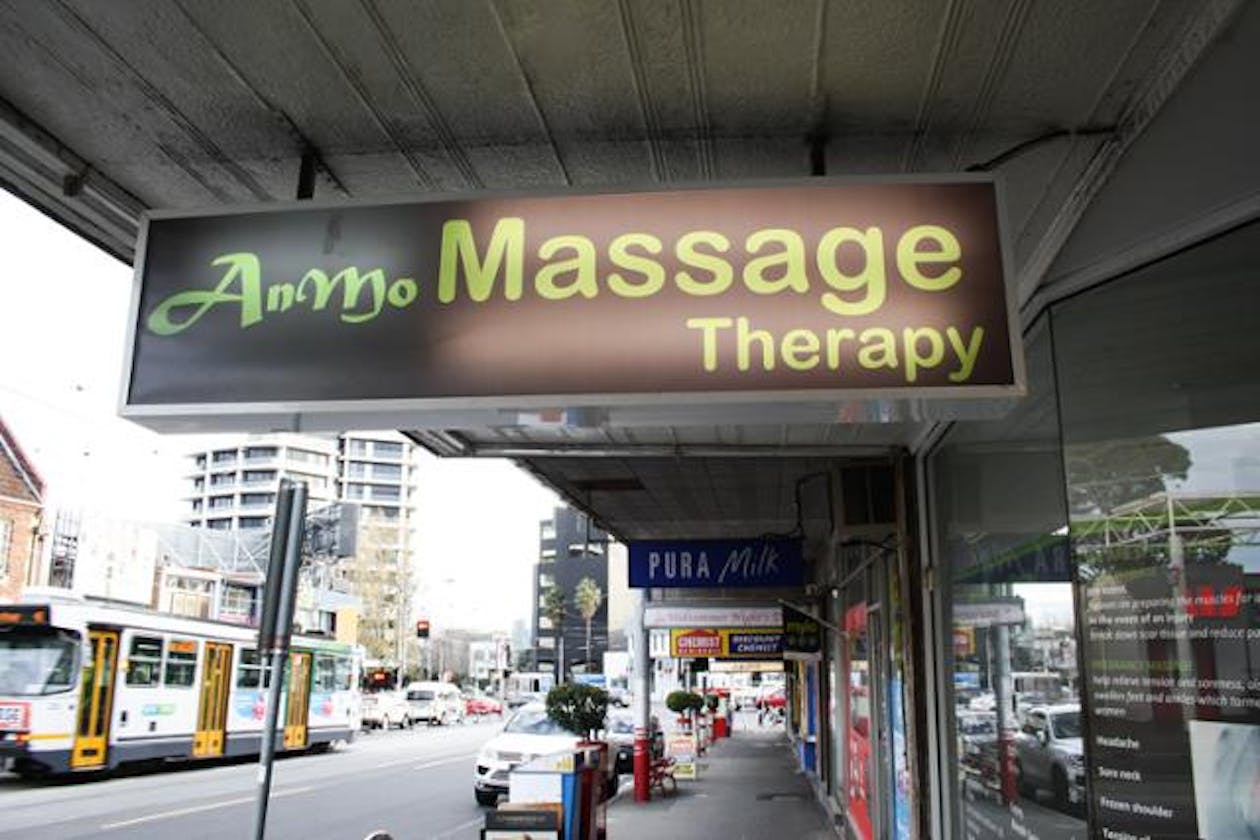
Anmo Massage Therapy
127 High Street, Kew 3101(8)Anmo Massage specialises in sports massage, pregnancy massage, pre-event massage, injury rehabilitation, and Chinese medicine acupuncture.
Eye on Beauty
Shop 11 Upstairs in Bronberg Plaza (inside HAIRayz Salon), 138-152 Slatyer Avenue, Bundall 4217(106)Eye On Beauty is your salon for amazing facials and extractions, therapeutic massage, brow and lash tinting, makeup and sunless tanning.
Jung Shim Sydney
112 Pacific Highway, North Sydney 2060To begin your life-changing journey towards positive enlightenment, book your consultation with Jung Shim on Pacific Highway in North Sydney today.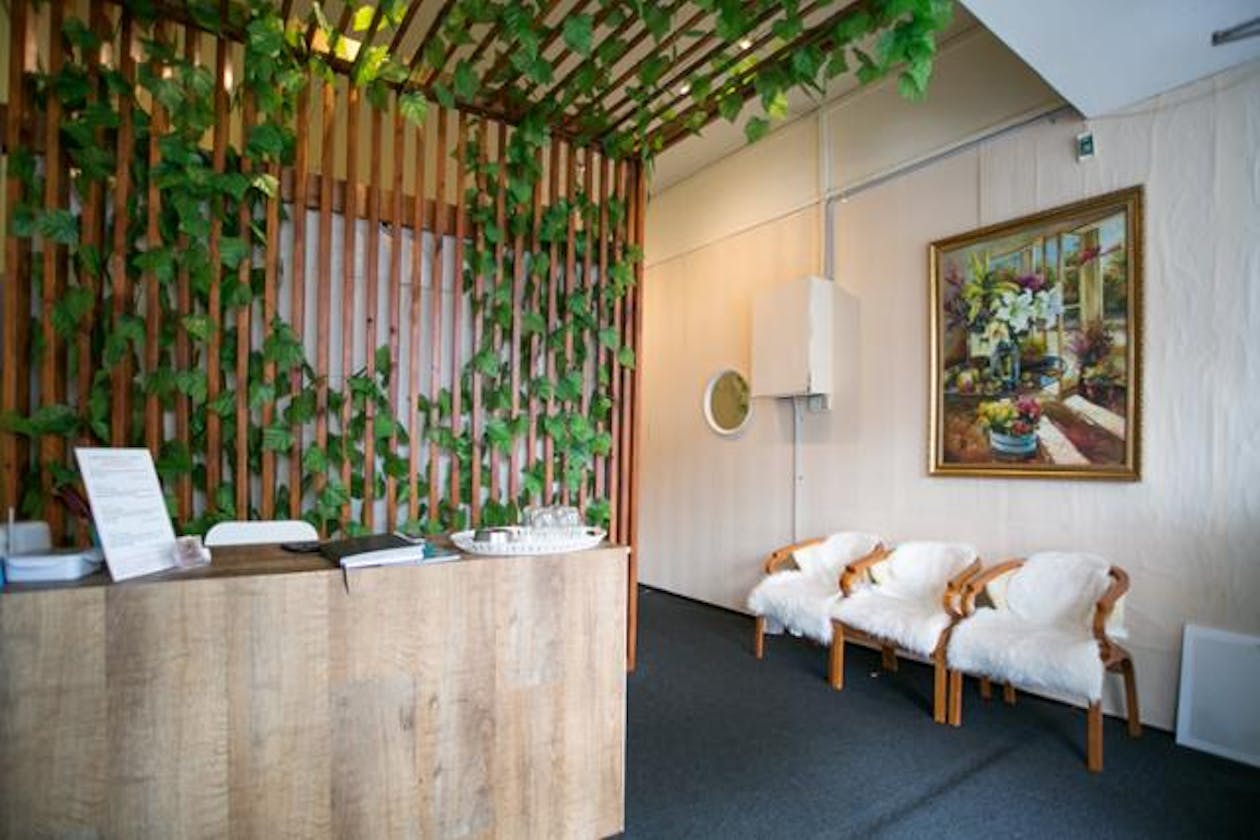
Carnation Beauty & Therapy
211/211 Glenferrie Road, Malvern, Malvern 3144(6)Carnation Beauty & Therapy offer affordable massage therapy services including acupressure and deep tissue oil massage, and Chinese traditional medical therapy.
Life Essence Natural Therapies and Counsel
27 City Road, Beenleigh 4207(12)Life Essence Natural Therapies and Counsel provide wellness therapies such as massage, acupuncture, counselling, naturopathy and floatation therapy.
Spring Beauty & Therapy
20-22 McKillop Street, Melbourne CBD 3000(10)Relax with a massage treatment with Spring Beauty & Therapy. Choose from acupressure, deep tissue oil, or Chinese traditional medical therapy or reflexology.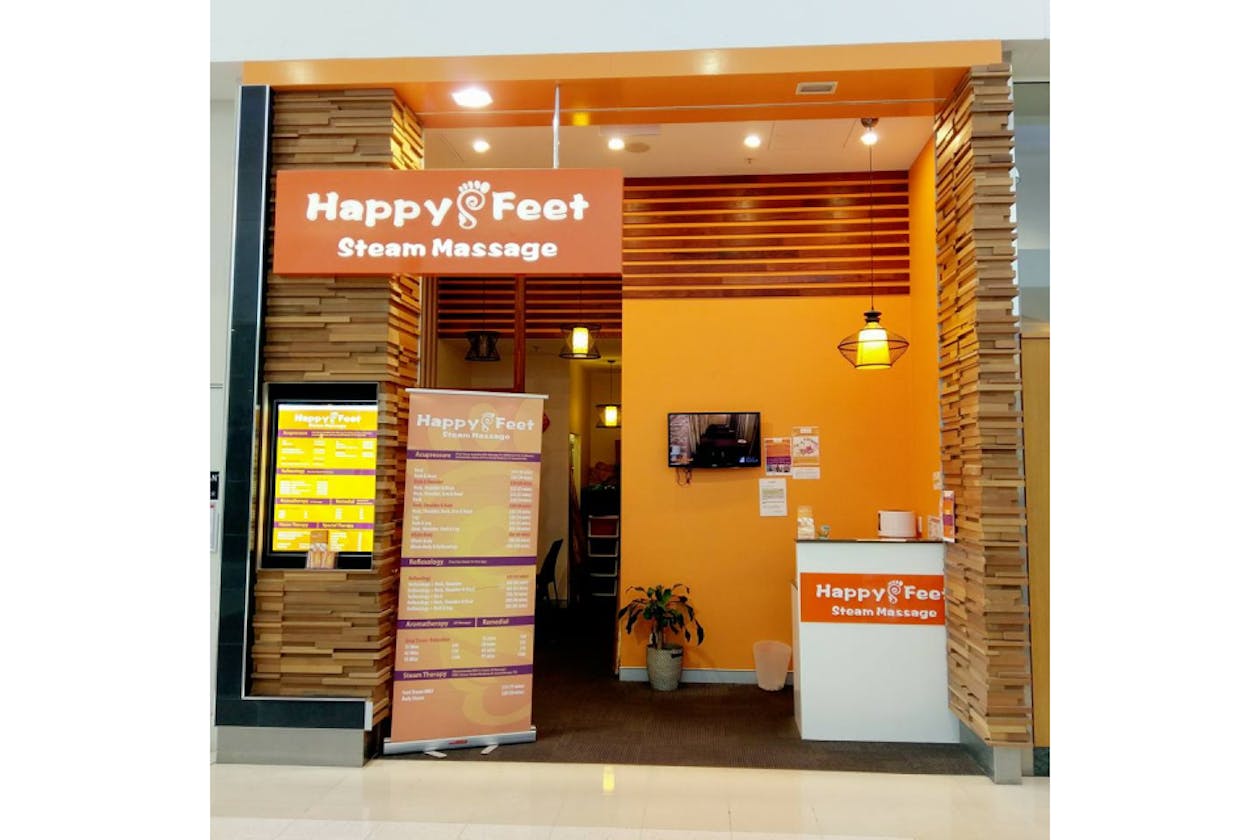
Happy Feet Steam Massage - Ipswich
Shop 9 Downs Street, North Ipswich 4305
Body & Balance - Box Hill
Shop 002, Box Hill Central, 1 Main Street, Box Hill 3128Body & Balance is a remedial health clinic in Box Hill specializing in rehabilitation and restorative massage services to relieve stress and pain.
Acupressure
Most people describe acupressure as similar to acupuncture but without the needles. This traditional Chinese bodywork method is based on the same principles and can help with many different ailments.
Instead of needles Acupressure uses physical pressure on different pressure points on the surface of the body. This may be done by hand, elbow or some other device. The method works by improving the balance and circulation of fluids (blood, lymph) and metabolic energies in the body (heat, qi).
Chinese Philosophy
Developed more than 5,000 years ago, Acupressure is an important aspect of Asian medicine. The pressure points follow specific channels, called meridians. Chinese philosophy says activation of these points with needles or pressure can improve blood flow, release tension and unblock energy.
Acupressure certainly falls into the realm of alternative therapies as many Western doctors doubt the existence of qi and meridians. Interesting, then, that they have been written and talked about for thousands of years.
The treatment is even said to reduce the signs of ageing by lessening wrinkles and sagging without drugs or surgery. You will often see Acupressure offered as part of a Chinese beauty treatment.
Many Benefits
Acupressure can treat many conditions, including pain, muscle tension, stress and anxiety, nausea and vomiting, headaches, chronic fatigue, fibromyalgia, even addiction recovery and learning disorders.
When you attend your Acupressure appointment you will most likely be asked to lie down. Treatment may be combined with key exercises such as tai chi or qi gong. The length of the sessions varies from 45 to 90 minutes.
Acupressure can easily be integrated into a massage. In fact, Shiatsu Massage is a style of acupressure therapy.
Trigger Points
Acupressure massage may target local points or trigger points. Local points are the actual areas where you are experiencing the pain or discomfort. Trigger points are those connected to the points of the body experiencing pain or discomfort. By working with both the therapist aims to relieve the pain and improve the condition.
The Chinese believe that when our meridians are unblocked, and our energy flows freely, our overall health will be greatly improved. There are 14 main channels, so it's all about balancing our mind, body and soul.
Whilst there are some DIY Acupressure techniques you can try for general wellness, it's better to see a professional for specific treatment. Trained therapists use their knowledge to target individual disorders and diseases in patients.
Deeply Relaxing
For example, to treat issues ranging from asthma to lower back pain, the practitioner would most likely use the Kidney Channel (KI3, Taixi), which sits just behind the inner ankle. The Gallbladder Channel (GB20, Fengchi) can be found at the base of the skull. Applying pressure to this point may help a variety of ailments, from the common cold to high blood pressure.
Acupressure offers many benefits. In addition to treating specific disorders it is also deeply relaxing, can improve sleep and may help reduce digestive issues.
The treatment stimulates the body's circulatory, lymphatic and hormonal systems, helping the body to heal itself.
Book Online
Acupressure is not as invasive as it may sound. You remain dressed and should opt for comfortable, loose-fitting clothing. Much like a massage, you will be asked to take slow, deep breaths, especially as pressure is applied. Visualisation is often used to help you relax.
You are unlikely to feel pain, just pressure as the areas are treated. If you are uncomfortable tell your therapist immediately so that the pressure can be adjusted.
On the whole Acupressure is a very safe therapy that can be used at any age. However, if you are pregnant or suffer from high blood pressure it's advisable to check with your doctor first.
With the help of Bookwell you can find Acupressure services in your location and easily book online.
Book Acupressure in your city
- Adelaide
- Albury
- Ararat
- Ballarat
- Bendigo
- Blue Mountains
- Brisbane
- Broome
- Bunbury
- Bundaberg
- Cairns
- Canberra
- Central Coast
- Coffs Harbour
- Colac
- Darwin
- Devonport
- Dubbo
- Geelong
- Gippsland
- Gold Coast
- Hervey Bay
- Hobart
- Horsham
- Launceston
- Mackay
- Maitland
- Mansfield
- Melbourne
- Mornington Peninsula
- Newcastle
- Northern NSW
- Perth
- Port Macquarie
- Regional NSW
- Regional NT
- Regional QLD
- Regional SA
- Regional VIC
- Regional WA
- Rockhampton
- Sunshine Coast
- Sydney
- Toowoomba
- Torquay
- Townsville
- Warwick
- Wollongong
